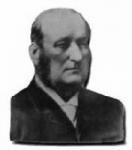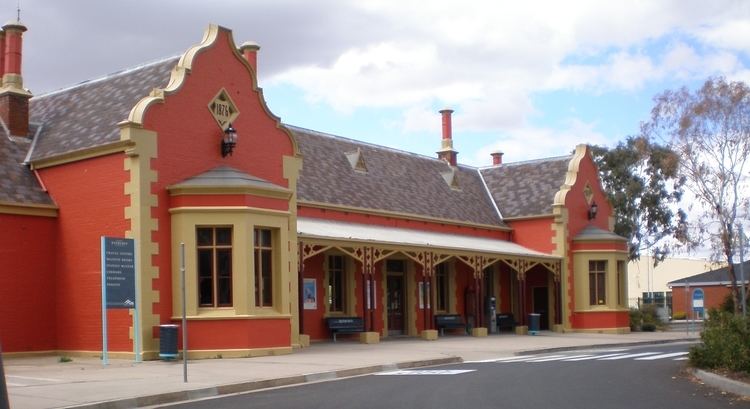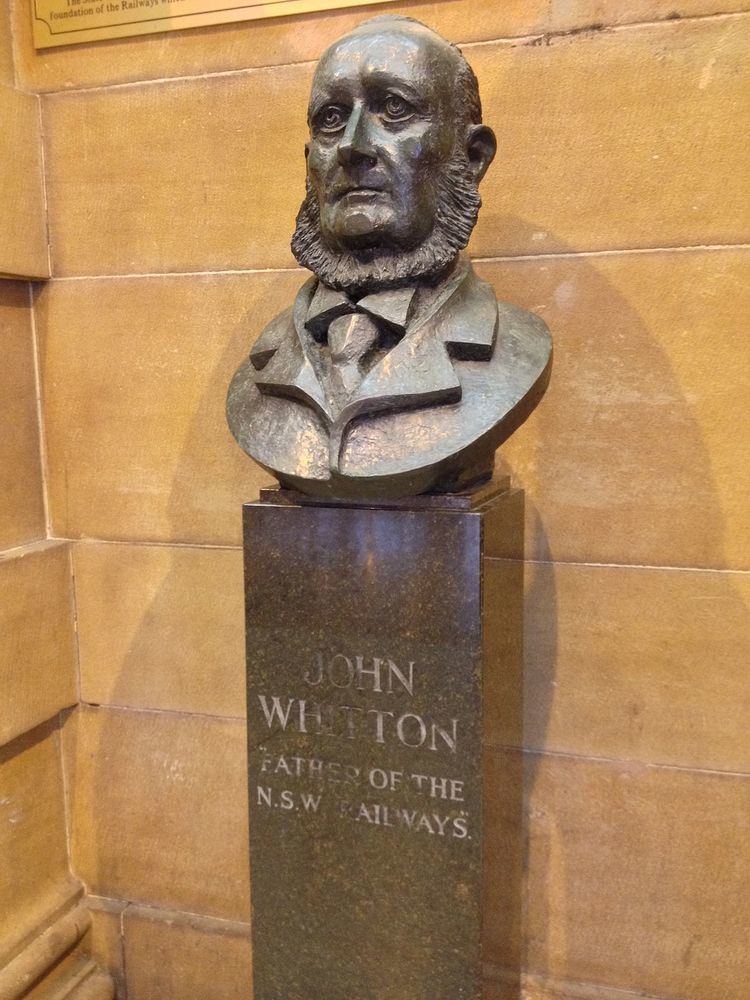Name John Whitton | Role Engineer | |
 | ||
Spouse(s) Elizabeth, nee Fowler (m. 1856) Parents James Whitton, Elizabeth Whitton | ||
John Whitton (1820, near Wakefield, Yorkshire, England – 20 February 1898), an Anglo–Australian railway engineer, was the Engineer-in-Charge for the New South Wales Railways, serving between 1856 and 1899, considered the Father of New South Wales Railways. Under his supervision, it is estimated that 2,171 miles (3,494 km) of railway around New South Wales and Victoria were completed. Whitton was responsible for the construction of the Blue Mountains railway line and parts of the Main Western railway line, in particular the Great Zig Zag near Lithgow, and much of the Great Southern line.
Contents

Biography

Indentured in England, Whitton gained extensive railway engineering experience prior to his arrival in the Colony of New South Wales in 1856. He was engineer for the Manchester, Sheffield and Lincoln railway line (1847), and supervised the building of the Oxford, Worcester and Wolverhampton line from 1852 to 1856.
Appointed in March 1856 as Engineer-in-Charge, Whitton arrived in Sydney and found the Colony with 23 miles (37 km) of 4 ft 8 1⁄2 in (1,435 mm) standard gauge railway, four locomotives, 12 passenger carriages and 40 trucks. An advocate of the 5 ft 3 in (1,600 mm) broad gauge adopted by Victoria and South Australia railways, Whitton set about extending the railway into the city and resisted pushes for 4,000 miles (6,400 km) of cheaper, light tramways, such as horse drawn lines with wooden rails, proposed by Governor William Denison. Whitton strongly opposed the government's uncritical acceptance of the lowest tenders for railway construction.
Whitton did however introduce cheaper so-called pioneer lines for use in easier terrain once the mountains had been crossed. Money was saved by building for lower speeds and the lighest of axleloads, with ash ballast, no fencing, etc. These pioneer lines retained the same gauge as the main system.
Whitton was accused of fraud, along with his brother-in-law, Sir John Fowler, and the charges were proved groundless. Following a select committee on railway extension that recommended the construction of cheap narrow-gauge railways, necessitating a break of gauge within the Colony, as well as at the border; estimates were prepared but Whitton, determined to sabotage the committee's recommendation, suspended all surveys and new work. Whitton overcame the engineering problems and in 1876 completed the Blue Mountains line that included two zigzags. In 1880-85 the unprecedented growth in railways, 1,000 miles (1,600 km) of new track and nine million more passengers, exposed existing inadequacies in administration of railways. A royal commission into railway bridges exonerated Whitton of the charges of faulty design and of using inferior materials. In 1888 Sir Henry Parkes's Government Railways Act reorganized the department and made Whitton's position easier.
In 1886 and 1887 Whitton submitted drawings for a proposed suspension bridge across Sydney Harbour from Dawes Point Battery to Milson's Point. On 1 May 1889 the Hawkesbury River Railway Bridge was opened; it was the final link in the railway system from Brisbane through Sydney to Melbourne and Adelaide and Whitton had fought for adequate finance for it. He was a member of the Hunter River floods commission 1869-70, the Sydney, City and Suburban Sewage and Health Board 1875-77, and the Board for Opening Tenders for Public Works 1875-87; he was a New South Wales commissioner for the Melbourne International Exhibition in 1880. Granted a year's leave on 29 May 1889, Whitton retired on 31 May 1890 with a pension of £675, and visited England in 1892. He had supervised the laying of 2,171 miles (3,494 km) of track on which no accident had occurred attributable to defective design or construction. Parkes regarded him as 'a man of such rigid and unswerving integrity, a man of such vast grasp, that however his faults may occasionally project themselves into prominence, it would be difficult to replace him by a man of equal qualifications'.
In international references Whitton is recognised as one of approximately twenty of the greatest railway civil engineers in the first century of world railway construction.
Whitton was survived by his wife, one son and two daughters, he died of cardiac disease on 20 February 1898 at Mittagong, and was buried in the cemetery of St Thomas's Church of England, North Sydney. His estate was valued for probate at £10,396.
Significant completed works
Whitton's works in both New South Wales and Victoria are extensive and include railway stations, railway bridges, viaducts, railway yards, and other infrastructure where he has designed projects and/or they have completed under supervision. 25 items of his work are listed on the NSW Heritage Register as significant under the Act/ {{{4}}} (NSW). An additional 37 other works are listed as significant in various local government areas.
Legacy
The town of Whitton in Leeton Shire, where the Hay extension of the Great Southern Line reached in 1881, is named in honour. Whitton Park in Glenbrook and the May 1980 built John Whitton Bridge that carries the Main Northern line over the Parramatta River also bear his name. The bridge at Meadowbank stands next to an earlier iron lattice railway bridge that was constructed under his direction. A memorial dedicated to Whitton is located on the Lapstone Zig Zag walking trail and commemorates his substantial seven-span, sandstone Lapstone Knapsack viaduct. A plaque bearing his contribution to New South Wales Railways was unveiled on 17 July 1985 at Central station, together with a bust on Chalmers Street, adjacent to the station.
In 2009 a rail activist group proposed the establishment of the Whitton Line, running from Port Macquarie to Albury via Narrabri, Dubbo, and Griffith.
